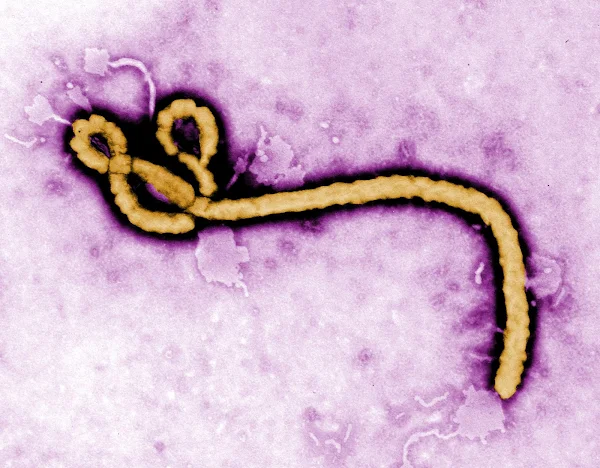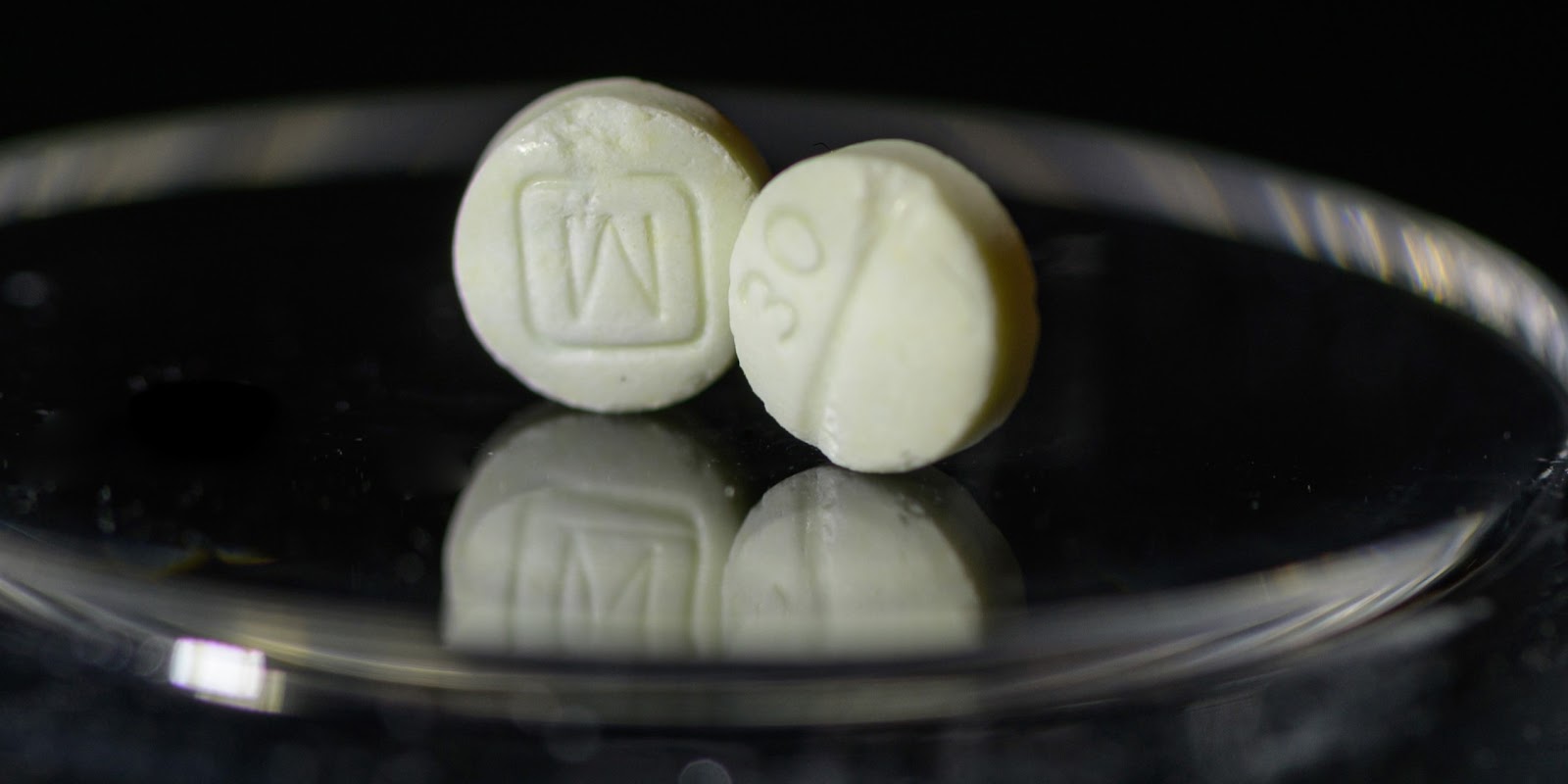What are the most dangerous microbes in the world?
Before we get into the list of the most dangerous microbes in the world, let's first learn what microbes really are.
Microbes are microscopic organisms that can be found in many different environments, including soil, water, air, and living organisms. Microbes include bacteria, viruses, fungi, protozoa, and algae. Although many microbes are not harmful and may even be beneficial, some can be pathogens that cause disease in humans, animals, or plants.
The study of microbes is known as microbiology and plays a critical role in many areas of science and medicine, including infectious disease research, vaccine development, and biotechnology.
Microbes can be divided into several categories based on their characteristics and properties. Here are some common categories of microbes:
- Bacteria: These are single-celled organisms that can be found in almost every environment on Earth. They can be beneficial or harmful to humans, and some bacteria can cause diseases such as tuberculosis, strep throat, or food poisoning.
- Viruses: These are small infectious agents that are not technically alive because they cannot replicate on their own. Instead, they rely on host cells to reproduce and can cause diseases like the flu, measles, and HIV.
- Fungi: These are diverse organisms that can be unicellular or multicellular, and can be found in soil, water, and air. Some mushrooms are beneficial and can be used to make food or medicine, while others can cause infections like ringworm or yeast infection.
- Protozoa: These are single-celled organisms that can be found in water and soil, and some are parasites that can cause diseases such as malaria, amoebic dysentery, or sleeping sickness.
- Algae: They are diverse organisms that can be unicellular or multicellular, and can be found in water and on land. Some algae are beneficial and can be used for food or medicine, while others can produce harmful toxins that can cause illness in humans or animals.
List of the most dangerous microbes in the world
And here are some examples of some of the world's most dangerous microbes that we know of today:
- Ebola Virus: This is a highly contagious virus that can cause severe hemorrhagic fever, resulting in death in up to 90% of cases.
- Smallpox virus: Although it has been eradicated through vaccination, smallpox was once a highly contagious and deadly virus that caused a severe rash and fever, resulting in death in up to 30 % of the cases.
- Plague Bacteria: The bacterium Yersinia pestis can cause bubonic, septicemic, and pneumonic plague, which can be fatal if left untreated.
- Anthrax Bacteria: Bacillus anthracis can cause anthrax, a disease that can be contracted by skin contact, inhalation, or ingestion, and can be fatal if not treated promptly.
- Influenza Virus: Influenza virus can cause severe respiratory illness and can lead to complications such as pneumonia, particularly in vulnerable populations such as the elderly and the immunocompromised.
- HIV: The human immunodeficiency virus attacks the immune system and causes acquired immunodeficiency syndrome (AIDS), which can be fatal if left untreated.
- Tuberculosis bacteria: Mycobacterium tuberculosis can cause tuberculosis, a bacterial infection that primarily affects the lungs and can be fatal if not treated properly.
It is important to note that many other dangerous microbes exist, and the level of danger posed by a particular microbe can vary based on a variety of factors, including its route of transmission, virulence, and the susceptibility of the host population.
We know the effects of these microbes because there have been real situations where we have had to deal with cases of infections in certain parts of the world.
Here's a list of cases related to the microbes we have discussed:
- Ebola Virus: The largest Ebola virus outbreak occurred in West Africa between 2014 and 2016, resulting in more than 28,000 cases and 11,000 deaths.
- Smallpox virus: Smallpox was declared eradicated in 1980, thanks in part to a global vaccination campaign led by the World Health Organization. The last natural case of smallpox was reported in Somalia in 1977.
- Plague bacteria: In 2017, there was an outbreak of pneumonic plague in Madagascar, resulting in more than 2,000 cases and 171 deaths.
- Anthrax Bacteria: In 2001, anthrax spores were mailed into the United States, resulting in 22 confirmed cases and 5 deaths. The attack was considered an act of bioterrorism.
- Influenza Viruses: The 1918 influenza pandemic, also known as the Spanish flu, infected an estimated 500 million people worldwide and killed an estimated 50 million people.
- HIV: The first cases of what would later become known as AIDS were reported in the United States in the early 1980s. Since then, the virus has spread throughout the world, infecting about 38 million people around the world.
- Tuberculosis Bacteria: According to WHO, in 2021, tuberculosis was responsible for approximately 1.6 million deaths worldwide, making it one of the top 10 causes of death globally.
Are there any treatments for the microbes on this list?
Varying degrees of treatments are available for the microbes listed, with specific treatment options depending on the type of microbe and the severity of the infection. Here are some examples of treatments for the microbes on this list:
- Ebola virus: There are currently no specific treatments for Ebola virus, but early supportive care and treatment of symptoms such as dehydration, electrolyte imbalances, and bleeding can improve the chances of survival of a patient.
- Smallpox virus: Smallpox has been eradicated by vaccination, but samples of the virus are still stored in laboratories around the world. In the event of a smallpox outbreak, antiviral medications may be used to lessen the severity of symptoms.
- Plague bacteria: Antibiotics such as streptomycin or gentamicin may be used to treat bubonic or septicemic plague, and respiratory support and oxygen therapy may be necessary in cases of pneumonic plague.
- Anthrax Bacteria: Antibiotics such as ciprofloxacin or doxycycline may be used to treat anthrax infections, and in severe cases, antitoxin therapy may be necessary.
- Influenza viruses: Antiviral drugs such as oseltamivir or zanamivir can be used to treat influenza if given within 48 hours of the onset of symptoms, and vaccines are available to prevent infection.
- HIV: Antiretroviral therapy (ART) can be used to slow the progression of HIV and prevent the development of AIDS, and medications are also available to prevent HIV transmission and reduce the risk of contracting HIV .
- Tuberculosis bacteria: A combination of antibiotics such as isoniazid, rifampicin, and ethambutol may be used to treat tuberculosis, and in some cases, surgery may be necessary.
It is important to note that the success of these treatments depends on factors such as the general health of the patient, the stage of the infection, and the type of microbe involved. In some cases, early diagnosis and timely treatment are crucial for a successful outcome.
How did we learn about these microbes?
Microbes have been discovered through a variety of methods, including observation and experimentation. For example, some microbes were first observed under a microscope, while others were discovered through the study of infectious diseases and their causes. In some cases, microbes have been accidentally discovered while scientists were studying other phenomena.
As for the possibility that there are other dangerous microbes that we don't know about yet, it's certainly possible. Microbes are incredibly diverse and can be found in a wide range of environments, from deep-sea vents to the human gut. While many microbes are harmless or even beneficial, some have the potential to cause serious harm to humans and other organisms.
There are ongoing efforts to identify and study new microbes, as well as to better understand those we already know about. This includes the study of emerging infectious diseases, which are diseases that have recently appeared in a population or are increasing in incidence or geographic range. By continuing to monitor and study microbes, we can better prepare for and respond to infectious disease outbreaks, as well as develop new treatments and prevention strategies.
Why is Covid19 not on the list of most dangerous microbes?
Although COVID-19 is a serious global health problem, it may not be considered one of the world's most dangerous microbes because its overall mortality rate is lower than many other pathogens. The COVID-19 death rate varies by location, age group, and underlying health conditions, but is estimated to be around 1-2% on average.
By comparison, some of the pathogens that are considered among the most dangerous in the world, such as the Ebola virus or the smallpox virus, have mortality rates that can exceed 30% or even as high as 90% in some cases.
It is important to note that COVID-19 is a highly contagious virus that has caused a global pandemic, and its impact on public health, economies, and societies has been significant. However, the severity of its symptoms and overall mortality rate are not as high as some of the other pathogens that are considered the world's most dangerous microbes.
Why is cancer not on the list of the most dangerous microbes?
Cancer is not caused by a microbe, but by the uncontrolled growth and division of abnormal cells in the body. It is not an infectious disease and is not caused by a pathogen, so it is not normally included in the lists of the most dangerous microbes in the world.
Cancer is a complex and multifaceted disease that can affect different parts of the body and have varying degrees of severity. It is one of the leading causes of death worldwide and its impact on public health is significant. However, it is not caused by a microbe and therefore falls outside the realm of microbiology and infectious diseases.











